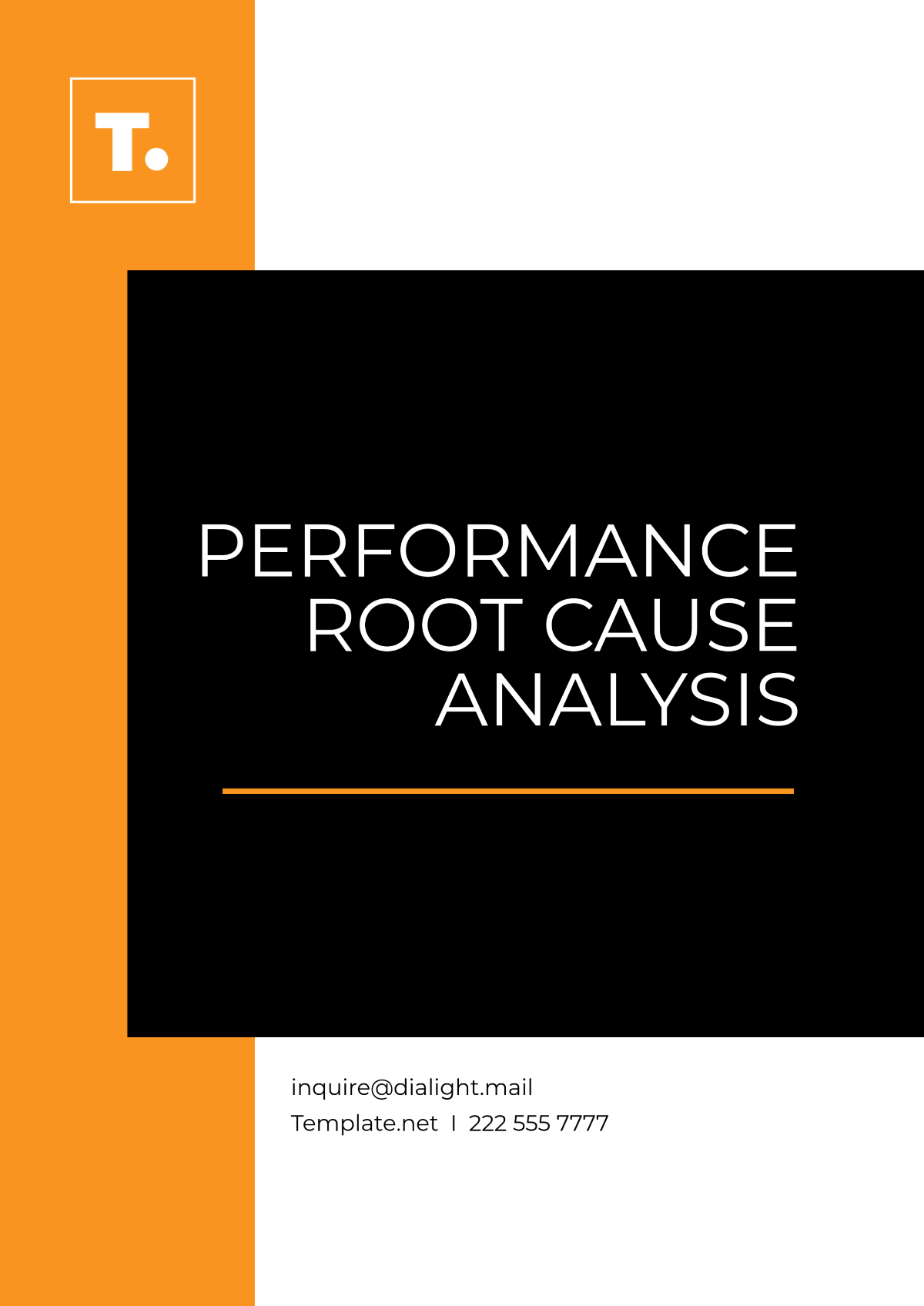IT Root Cause Analysis
I. Introduction
In the realm of Information Technology (IT), issues are an unavoidable aspect that can significantly impact services, operations, and productivity. From minor glitches to major system failures, these problems can disrupt workflows and result in financial losses, diminished customer satisfaction, and operational inefficiencies. Understanding the underlying causes of these issues is not just beneficial but crucial in preventing their recurrence and mitigating their impact. At [Your Company Name], we recognize the importance of a structured approach to tackling IT challenges, and that is where Root Cause Analysis (RCA) comes into play.
Root Cause Analysis is a systematic method used to identify the fundamental causes of problems within IT systems. Unlike superficial troubleshooting that may only address symptoms, RCA seeks to uncover and rectify the underlying issues to prevent future occurrences. This approach involves a thorough examination of the problem, analysis of contributing factors, and implementation of corrective actions. By applying RCA, [Your Company Name] aims to enhance the reliability and performance of our IT infrastructure, ensuring consistent service delivery and operational excellence.
II. Objective
The objective of conducting a Root Cause Analysis (RCA) is to systematically identify and address the fundamental causes of IT issues. This proactive approach aims to prevent future disruptions and improve overall system reliability. The following are the key objectives of performing an RCA:
Identify the Root Causes: Uncover the underlying factors that contribute to IT issues, beyond the symptoms.
Implement Corrective Actions: Develop and apply solutions to address the root causes and prevent recurrence of similar problems.
Improve System Reliability: Enhance the performance and stability of IT systems by addressing vulnerabilities and improving processes.
III. Methodology
The RCA process in IT typically involves several steps, which are outlined in the following table:
Step | Activity |
|---|---|
1. Identification | Recognize and document the issue. |
2. Collection of Data | Gather relevant data related to the incident. |
3. Analysis | Analyze the collected data to identify potential causes. |
4. Identification of Root Cause | Determine the primary cause of the issue. |
5. Recommendation | Suggest corrective actions and controls. |
6. Implementation | Implement the recommended corrective actions. |
7. Verification | Verify that the issue has been resolved and the implemented measures are effective. |
8. Documentation | Document the entire process for future reference. |
IV. Case Study Analysis
To effectively illustrate the Root Cause Analysis (RCA) process, we will examine a specific incident involving a network outage in an IT environment. This case study highlights the steps taken to identify, analyze, and resolve the issue, providing insights into how RCA can be applied to real-world scenarios. By dissecting this example, we aim to demonstrate the practical application of RCA and its role in preventing future IT disruptions.
A. Incident Description
On [Month Day, Year], at 10:15 AM, a significant network outage occurred, impacting several departments and causing a service disruption lasting approximately two hours. The outage rendered network resources inaccessible to users across the organization, leading to a halt in various operations. The widespread nature of the issue was quickly identified through user reports and initial diagnostic checks, which confirmed that the disruption was not localized but affected the entire network infrastructure. This interruption highlighted the need for a thorough Root Cause Analysis (RCA) to understand and address the underlying problem effectively.
B. Step-by-Step Analysis
1. Identification
The issue was identified when multiple users reported an inability to access network resources. Initial checks indicated that the outage was widespread.
2. Collection of Data
Data collection involved:
Logs from network devices
Incident reports from affected users
Monitoring systems data
3. Analysis
Analysis of the collected data revealed the following observations:
Sudden spike in network traffic just before the outage
Error logs pointing to a specific network switch
High CPU usage on the affected switch
4. Identification of Root Cause
Through detailed analysis, it was determined that the root cause of the outage was a firmware bug in the network switch that was triggered by the unusual traffic pattern.
5. Recommendation
Based on the findings, the following recommendations were made:
Update the firmware on all network switches to the latest version.
Implement traffic monitoring to detect unusual patterns early.
Provide additional training for IT staff on network management.
6. Implementation
The IT department promptly updated the firmware and set up enhanced traffic monitoring. A training session was scheduled for the following week.
7. Verification
Post-implementation, there were no further incidents, and the network performance stabilized. Verification logs confirmed that the corrective measures were effective.
8. Documentation
The entire process was documented in the incident management system, providing a comprehensive RCA report for future reference.
V. Conclusion
This detailed case study underscores the critical role that Root Cause Analysis (RCA) plays in managing IT environments. The systematic approach demonstrated through the analysis of the network outage incident illustrates how RCA not only identifies the underlying causes of IT issues but also guides the implementation of targeted corrective actions. By moving beyond immediate symptoms and addressing the root causes, organizations can effectively mitigate the risk of future disruptions, thereby safeguarding operational continuity and enhancing system reliability.
The insights gained from this case study emphasize the importance of a structured RCA process in improving IT infrastructure. The successful resolution of the network outage through timely firmware updates, enhanced traffic monitoring, and staff training highlights how a well-executed RCA can lead to significant improvements in IT operations. At [Your Company Name], we are committed to applying these principles to ensure that our IT systems are resilient and capable of supporting uninterrupted business functions. Through continuous application of RCA, we aim to foster a proactive approach to IT management, thereby driving long-term success and stability.
VI. Preventative Measures
While RCA helps in addressing issues post-occurrence, the following proactive measures can further strengthen IT infrastructure:
Regular system updates and maintenance
Continuous monitoring and early detection systems
Employee training and awareness programs
VII. Future Considerations
Looking ahead, organizations should consider integrating Root Cause Analysis (RCA) as a core component of their IT incident management frameworks. Embedding RCA into routine practices enables organizations to systematically address issues, uncovering not just the symptoms but the underlying causes of IT disruptions. This proactive approach fosters a culture of continuous improvement, where lessons learned from past incidents are used to strengthen systems and processes. By routinely applying RCA, organizations can identify recurring problems, implement preventive measures, and enhance their overall IT resilience.
Furthermore, leveraging RCA can significantly contribute to building a more robust IT infrastructure. Organizations should invest in training for IT staff to ensure they are well-versed in RCA techniques and methodologies. Implementing advanced monitoring tools and data analytics can also aid in early detection of potential issues, allowing for timely intervention before problems escalate. By adopting these practices, organizations can not only resolve current issues more effectively but also preemptively address vulnerabilities, leading to a more stable and reliable IT environment. At [Your Company Name], we are dedicated to integrating these future-focused considerations into our IT strategy to maintain a high standard of operational excellence and resilience.

















































